Beneath the Paris Opera House, a masked figure lurks in the shadows and bewitches a gifted young opera singer all while causing several strange occurrences throughout the theatre. This is the basic plot of The Phantom of the Opera by Gaston Leroux, and later the hit Broadway musical by Andrew Lloyd Webber.
The Phantom has seen many incarnations in his time but his most iconic version has to be the famous stage play. However, before the Webber musical made its first debut, there was a battle of elements during the musical’s conception and even afterward. Just what else might be lurking behind the Phantom’s mask?
There Was A Real Accident Involving The Chandelier
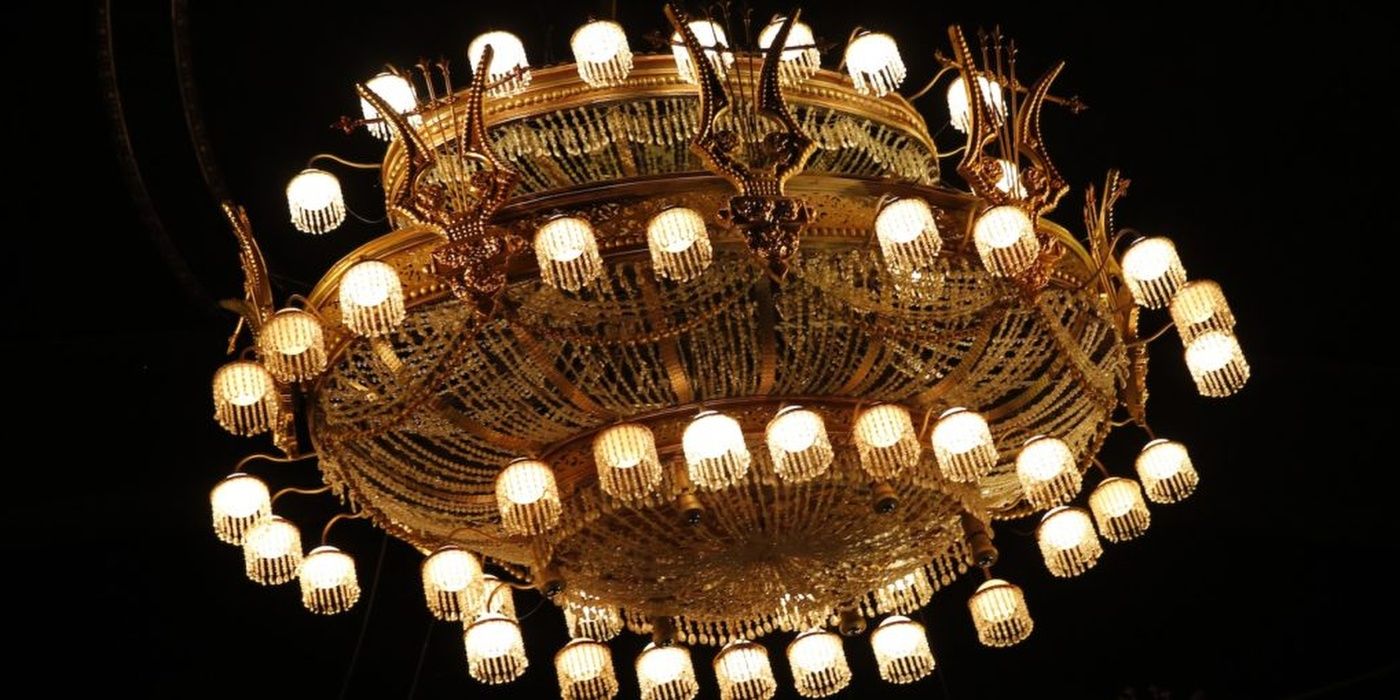
What sounds like a drama device penned by an imaginative author actually has more truth than one might believe, though perhaps not so exciting. In 1896, a pair of counterweights supporting the glass chandelier of the Palais Garnier fell through the ceiling and (supposedly) struck one person dead.
This accident was what inspired Gaston Leroux to write his iconic novel, and the legend of the Phantom was born.
The Book Wasn’t Originally Considered Classic Material
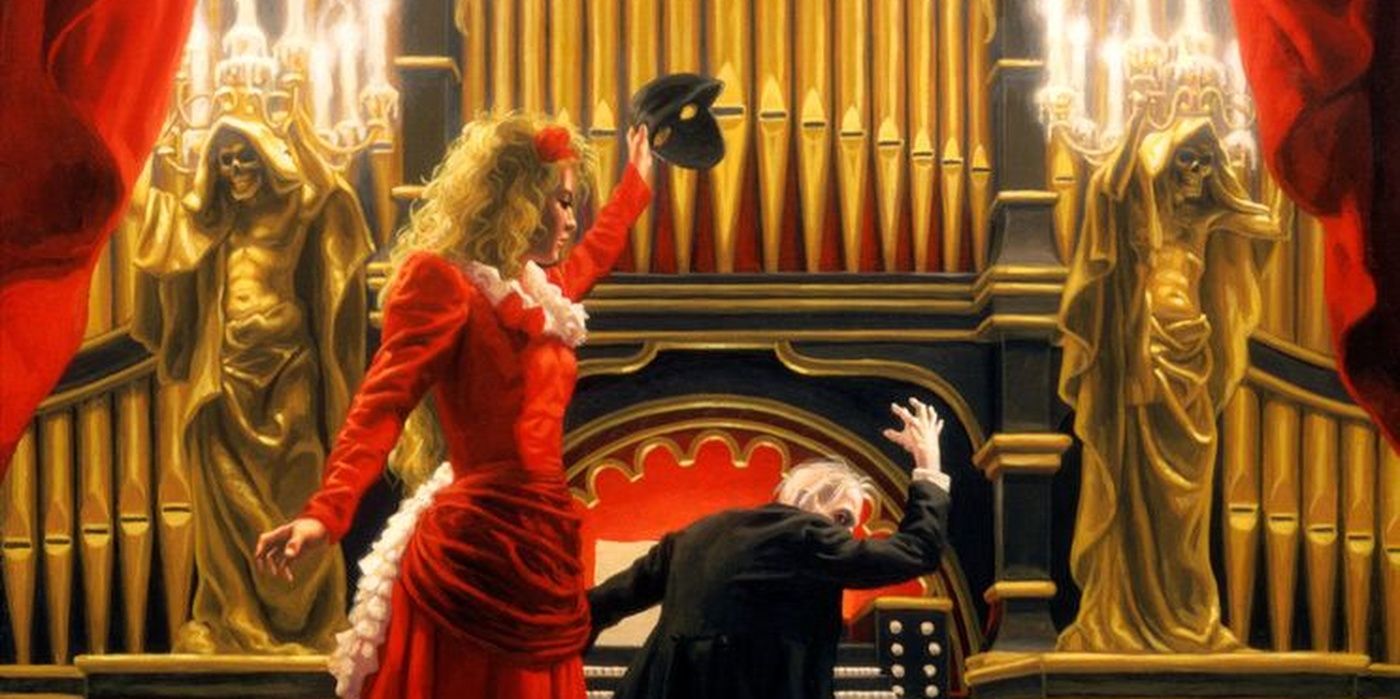
While the original novel has been considered a literary classic in the horror genre, standing alongside other famous titles like Dracula and Frankenstein, it wasn’t really considered phenomenal when it first premiered.
It was entertaining of course, but not exactly what was considered high brow at the time. The book was originally somewhat of a pulp mystery novel, but that doesn’t mean it didn’t gain a fanbase.
The Book Was Supposedly The Phantom’s Confession to Leroux
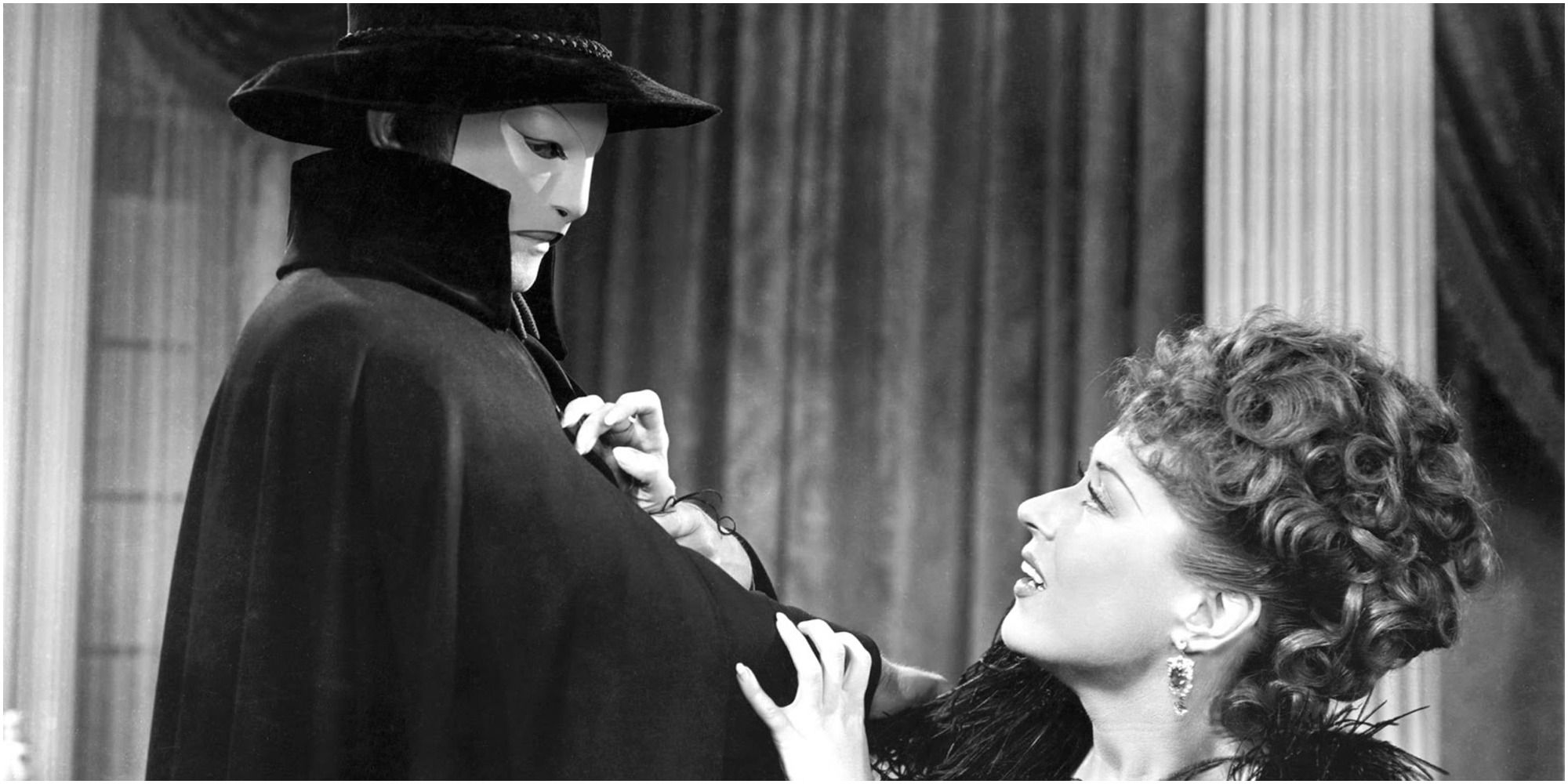
The book, though considered a horror icon, is framed more like a murder mystery. And one of it’s most distinguishing literary features is it’s ending where (spoiler alert) it’s revealed that Leroux heard all of the plot as a sort of the last confession from the Phantom himself!
This, while obviously fantastic, was a way to give the story just a touch of realism. Not much, but enough to give it just the right amount of believability.
Webber’s Version Wasn’t The First Broadway Show
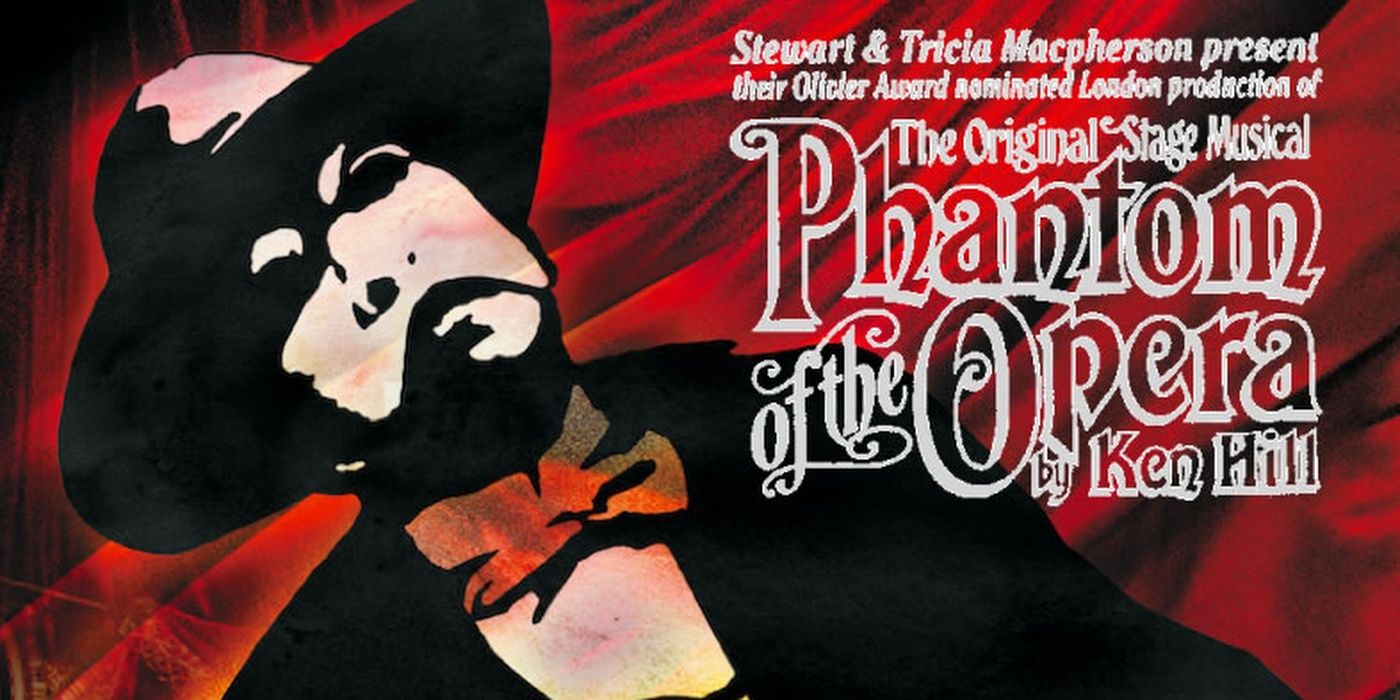
Although the Andrew Lloyd Webber musical is considered by some to be the definitive Phantom, it was not the first musical inspired by the Leroux novel. In fact, the version written by Ken Hill in 1976 predated Webber’s version by a full decade.
The show is much more of a tongue-in-cheek comedy with melodramatic elements, unlike the more-famous musical Supposedly, Webber was present during its premiere, and it inspired him to do a better version.
And It Was Only a Moderate Success (At First)
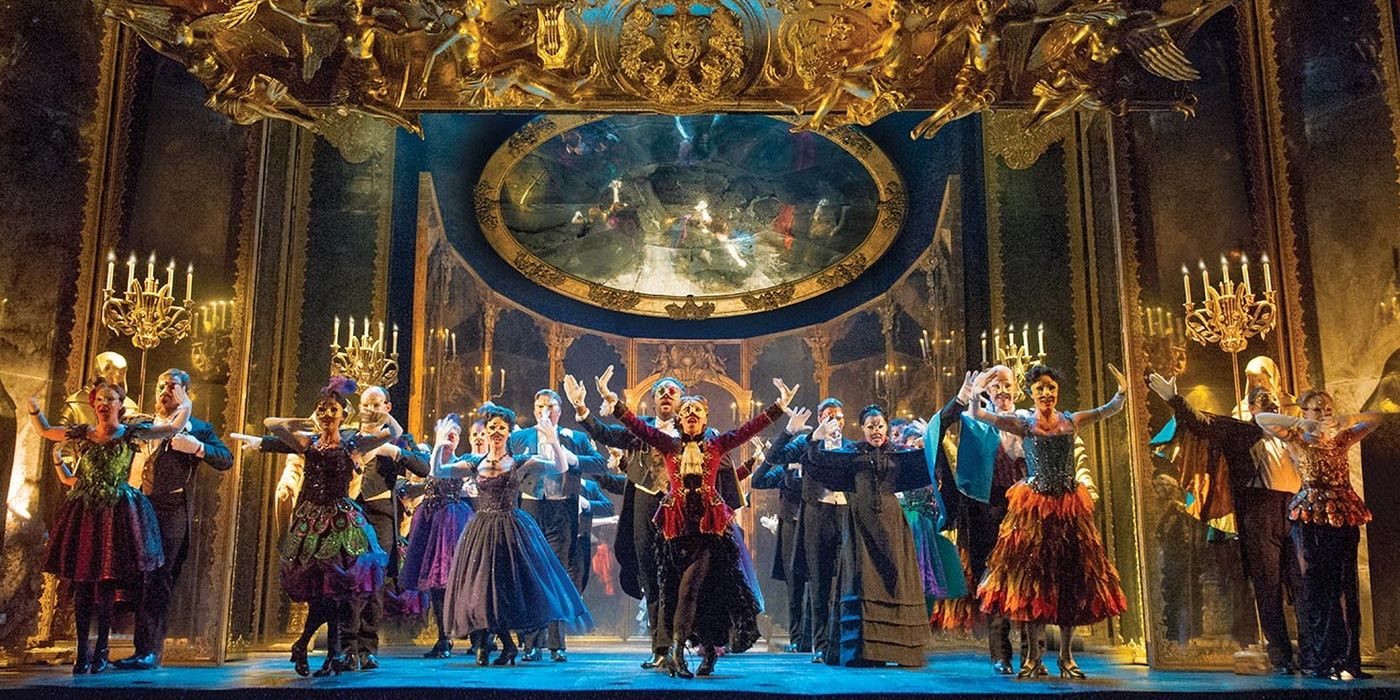
After the musical’s premiere at London’s West End, it was only a matter of time before it crossed the Atlantic. While Webber wanted the production’s overseas premiere to be in Canada, he was persuaded to have its premiere on Broadway at the Majestic in 1988.
The reviews were positive, but its real success came from New York’s tourism boom. Since then, the show has had record-breaking performances and over 30 years of success.
There Were Plans for a Film Version in the 80s
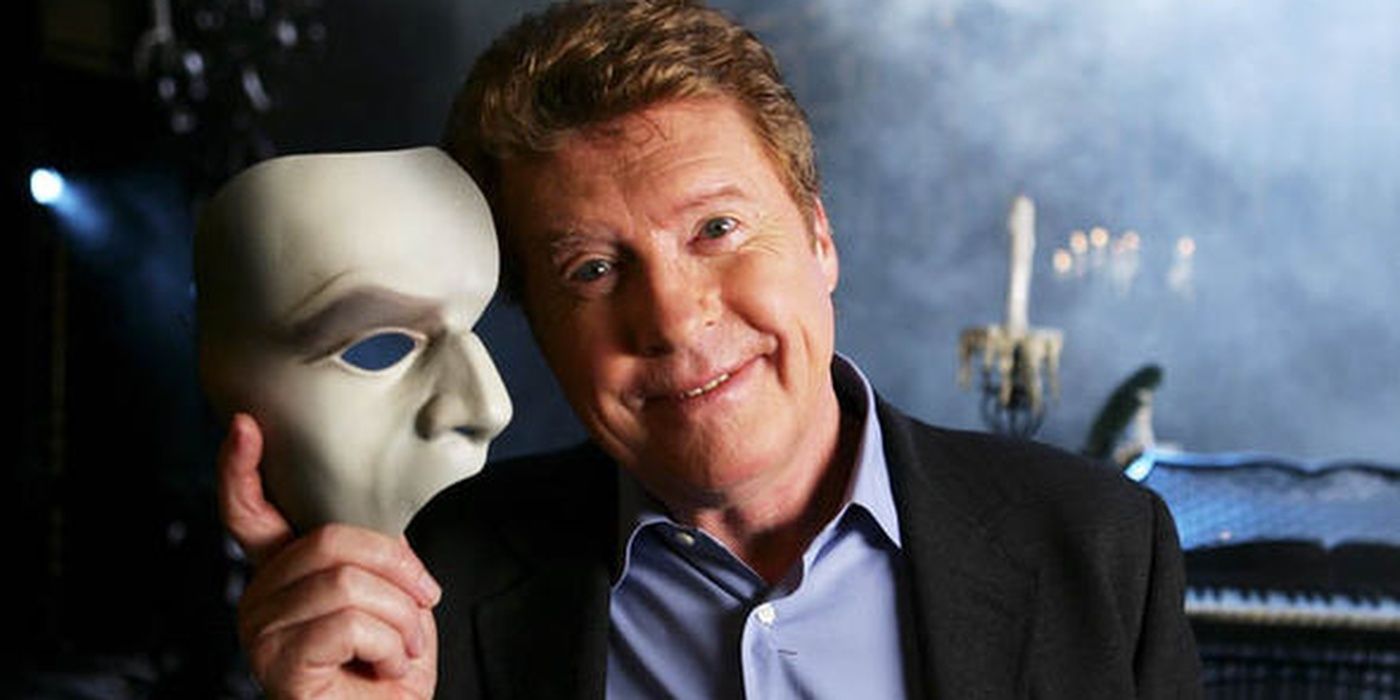
Since the stage version was such a success, a film based on the musical was unavoidable. Webber wanted a proper film adaptation featuring almost all of the elements from the musical.
This included casting both Michael Crawford and Sarah Brightman in the lead roles as the Phantom and Christine as they had played them on stage. However, due to his divorce with Brightman, Webber’s film was put on hold until 2004.
Gerard Butler Was Not the First Choice For the Film’s Phantom
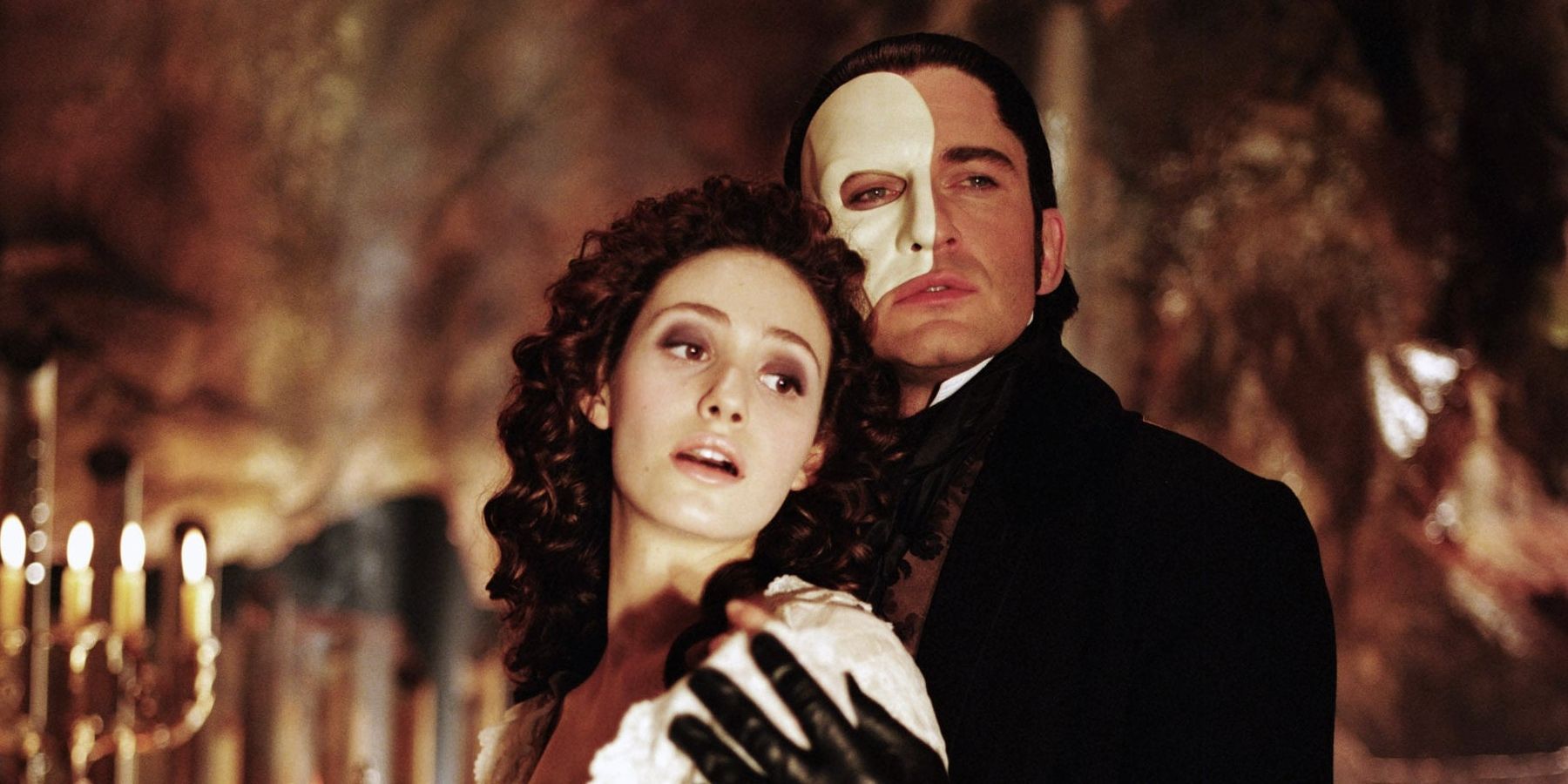
The 2004 film had its share of ups and downs. The biggest problem most fans of the musical had with the film was Gerard Butler as the title role. However, Butler was by no means the first choice when considering the role.
Many actors including the likes of John Travolta and Hugh Jackman were considered, but it was Antonio Banderas who made it as far as the recording studio before being replaced by Butler.
A Microphone Shaped the Mask and Makeup
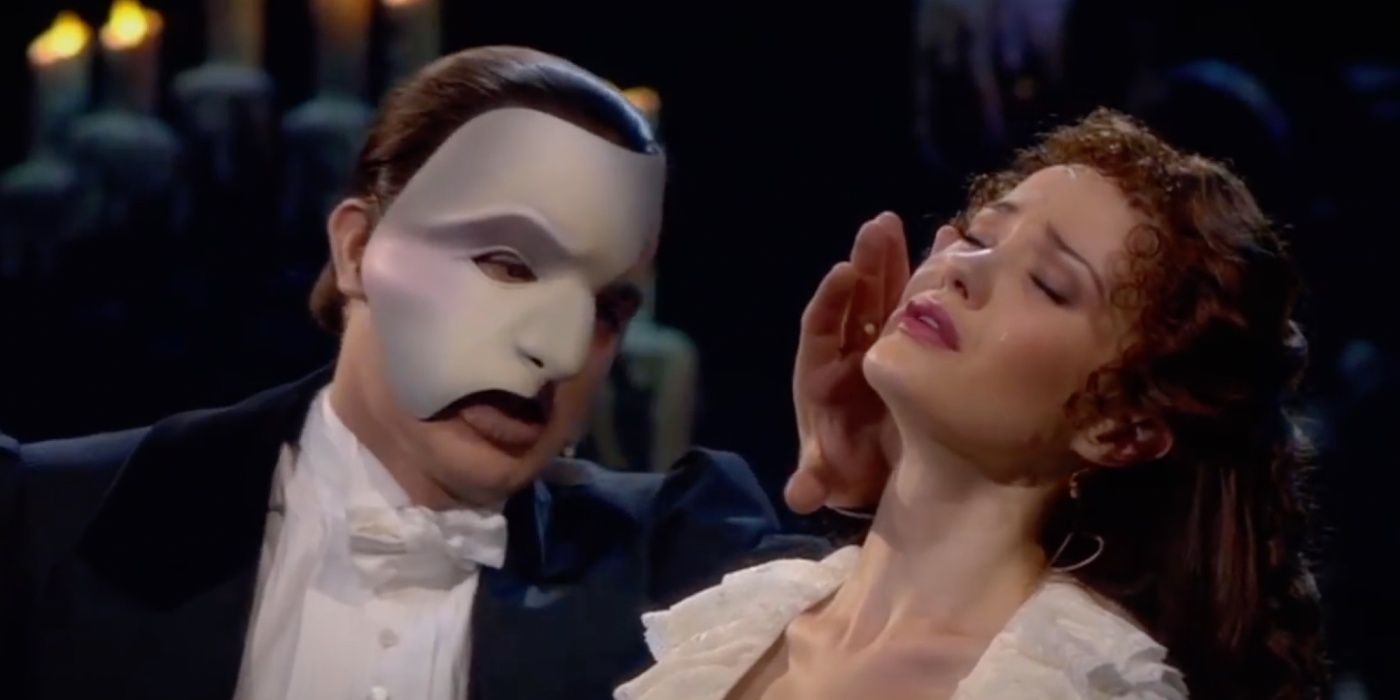
The Phantom’s most definitive feature is without a doubt his famous white mask, but there’s something curious about that half-faced design. For one thing, it looks nothing like the one that adorns all of the musical’s artwork and merch.
At one point, the mask was full-faced, but it obstructed the phantom’s stage mic and vision. A new mask was designed by Maria Bjornson and soon cemented the Phantom’s iconic look.
Paul Stanley Was Once the Phantom (And It Changed His Life)
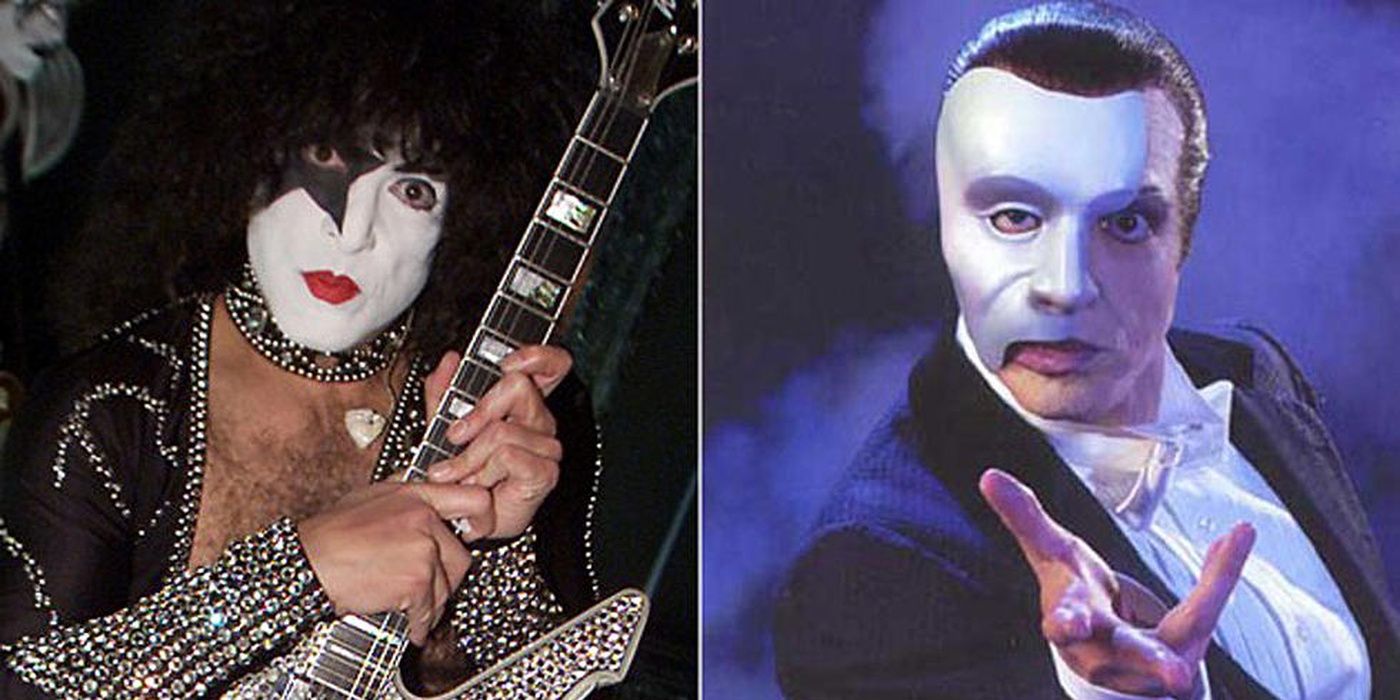
KISS frontman Paul Stanley was more than just the Star Child. At one point in the rock star’s career, in the 1999 Toronto production, he portrayed the Phantom for the final showings of the musical.
The role struck a personal chord with Stanley, having grown up with a microtia related deformity, and not only changed his career as a musician but gave him a new personal perception.
It’s The Longest Running Show On Broadway
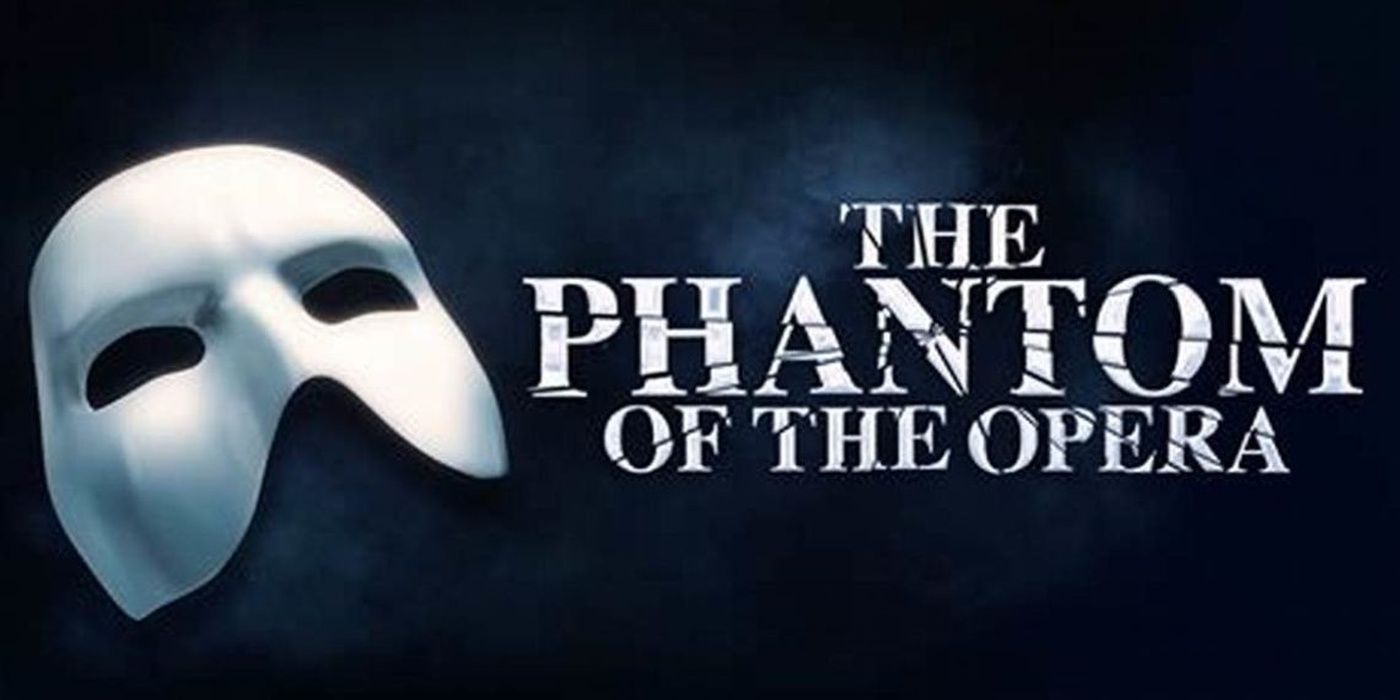
With a lifespan of over 30 years and thousands upon thousands of performances, it’s no surprise that Phantom has become the longest-running show in Broadway history. And why not?
It’s a tale of romance, murder, and passion beloved by the world over. As beautiful as it is haunting, it’s no wonder so many have surrendered to the music of the night.




